Conservation
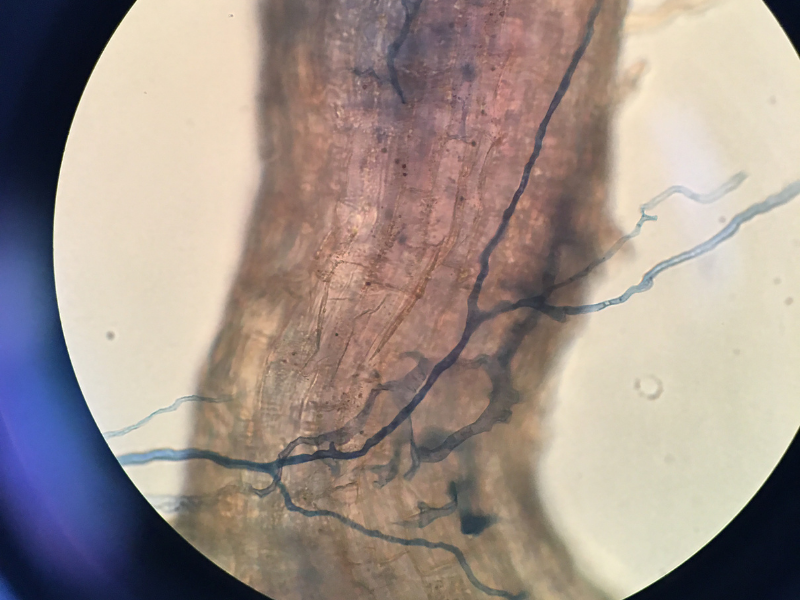
Spills and leaks of petroleum products wreak havoc on the environment. They can contaminate soils and pose significant threats to humans, animals, plants, and soil microbes. Cleaning up petroleum contamination can be energy and time-consuming, however, one of the fastest methods of decontaminating soils is called thermal desorption.
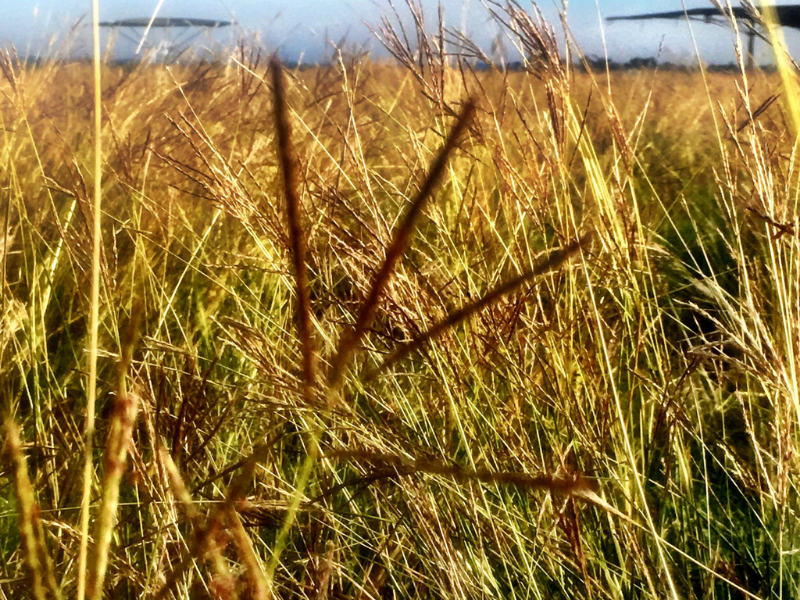
The Great Plains in the United States are well known for a rich history and expansive grasslands. This region is synonymous with ranchers herding cattle across the plains and a valuable resource for a growing population.
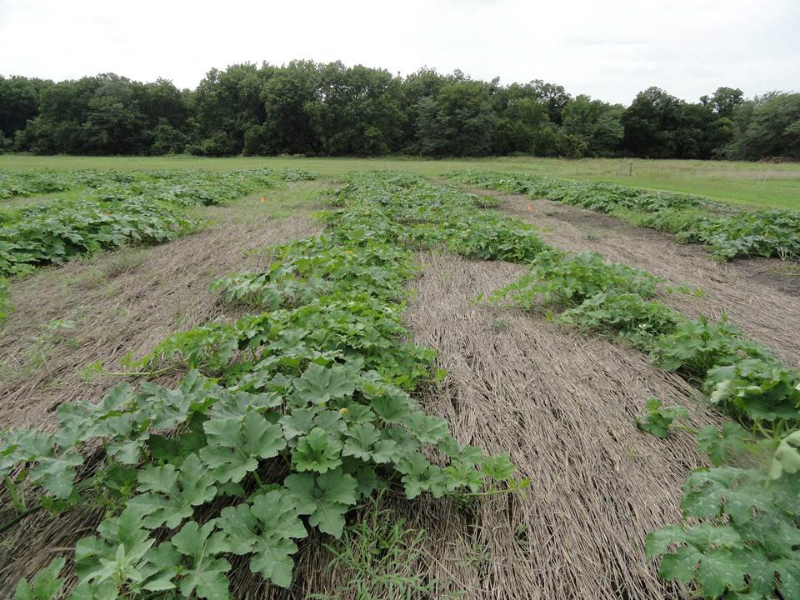
Pumpkins (Cucurbita pepo) are a common vegetable crop sold at local pumpkin patches and farmers markets. They are also used in commercial production (like canned pumpkin). In 2019, the value of harvested pumpkin was worth $180 million.
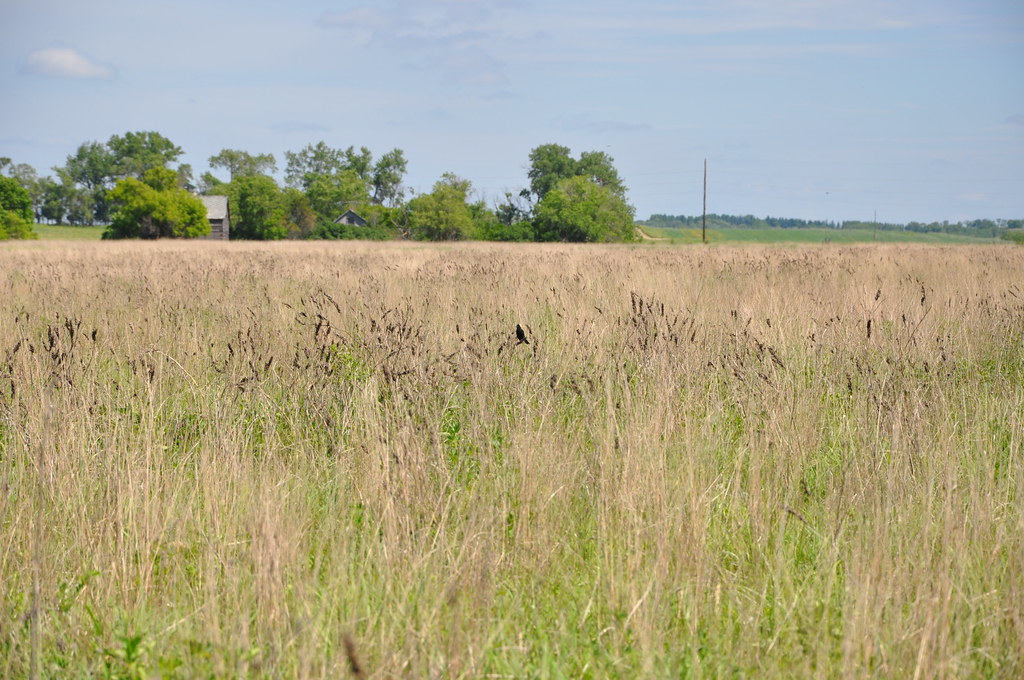
Given current global challenges, lawmakers have proposed allowing select land currently enrolled or soon-to-be enrolled in the Conservation Reserve Program (CRP) to be opened for crop production in the immediate future. In 2021, approximately 315,000 U.S. producers received CRP payments, accounting for roughly 22 million acres enrolled in the CRP program or 8.7% of U.S. cropland.
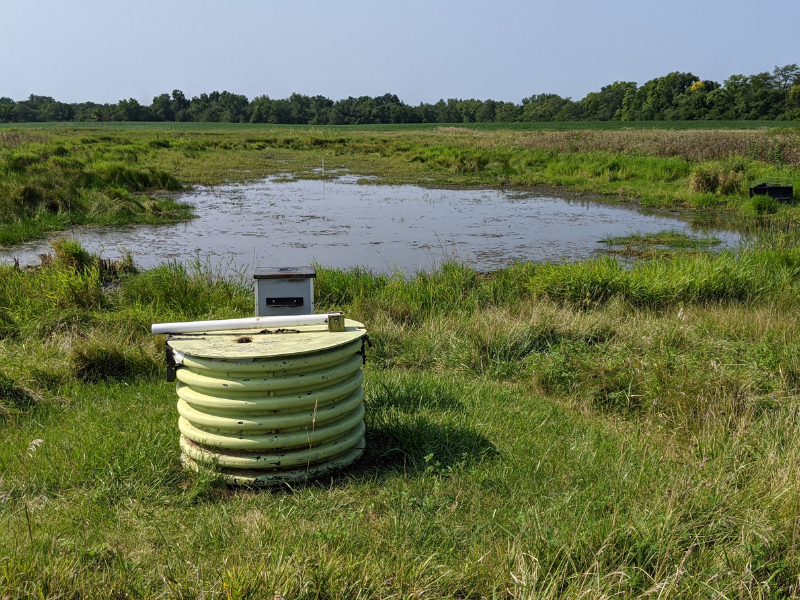
Crops need nutrients like nitrogen and phosphorus to grow and thrive. However, excess nutrients from farms can wash into streams and rivers, and even make their way into oceans. The surplus in nutrients can cause major damage to aquatic ecosystems; but small wetlands can be of tremendous help in reducing or preventing this damage.
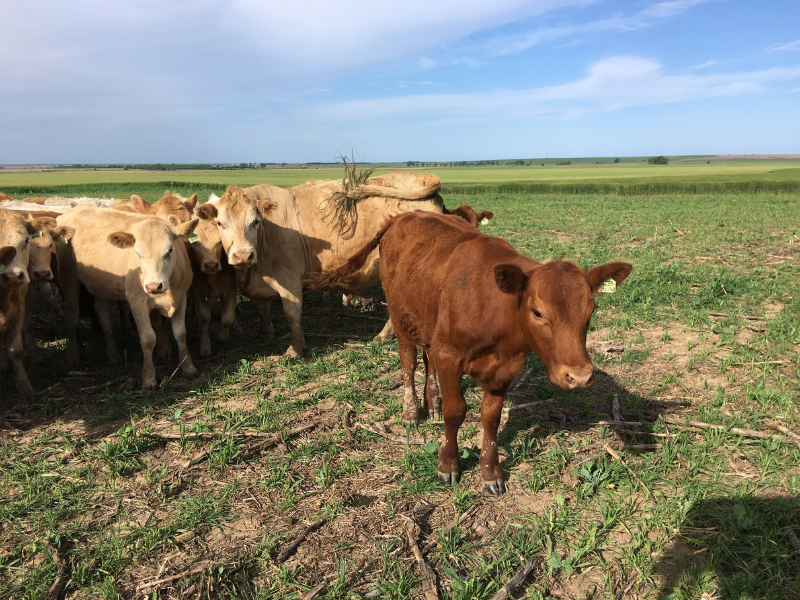
Cover crops do far more than cover soils. They provide an array of benefits, such as the ability to reduce soil erosion and increase soil health. They can help attract pollinators, repel pests, turn into ‘green manure,’ or can be used as feed for livestock.
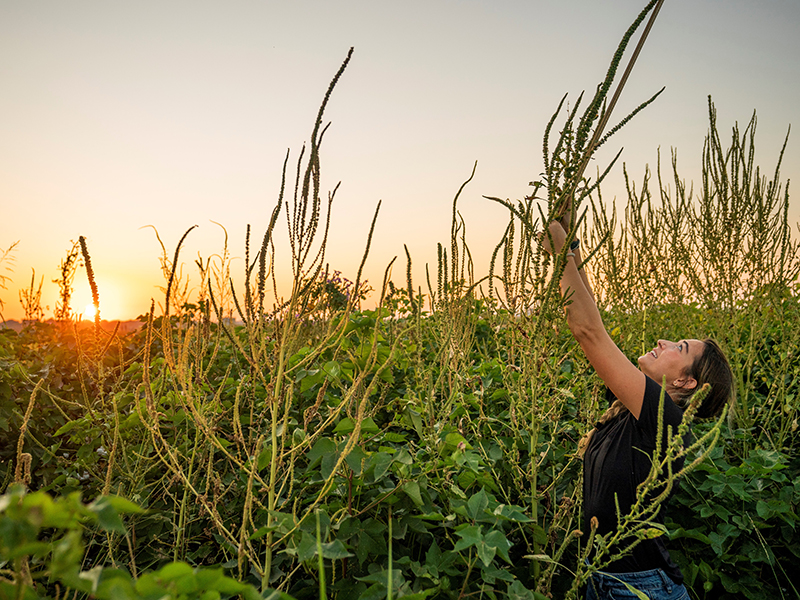
The world is warming. And fast. By 2050, it’s likely the planet will have warmed by about 3.6 degrees Fahrenheit compared to before the Industrial Revolution. That warming brings substantial changes. Storms will be stronger. People will run their air conditioners more. It will even change when and where our crops grow — and how well they perform.
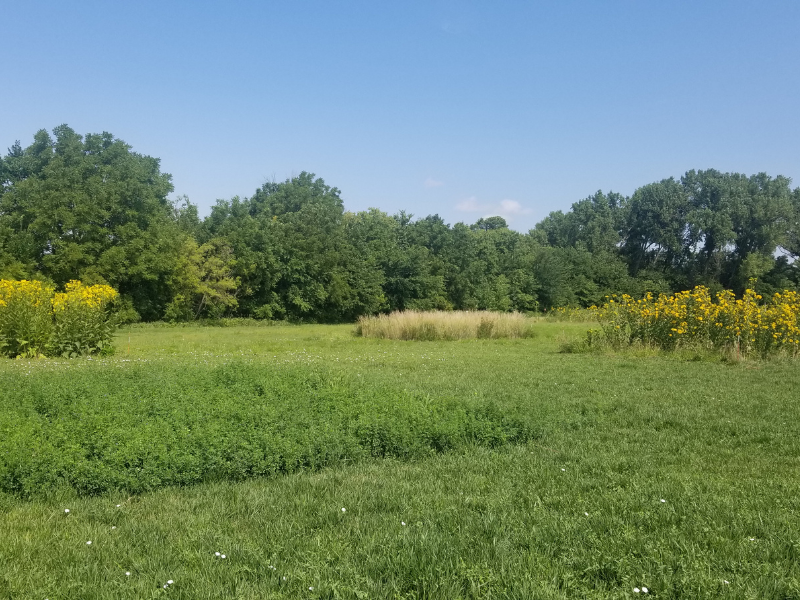
Planting beneficial plants next to gardens and crop fields large and small has been a standard practice for decades, even centuries. The plants provide what are known as ecosystem services. These include attracting pollinators and preventing weeds.
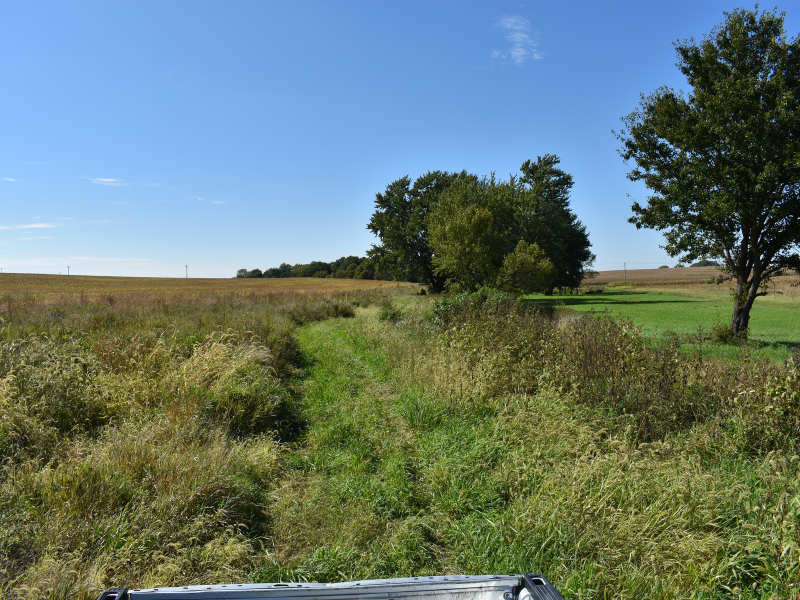
A new study suggests we may have more opportunities to protect our waterways. That’s because one system for keeping too many nutrients out of streams could be used more widely than it is now.

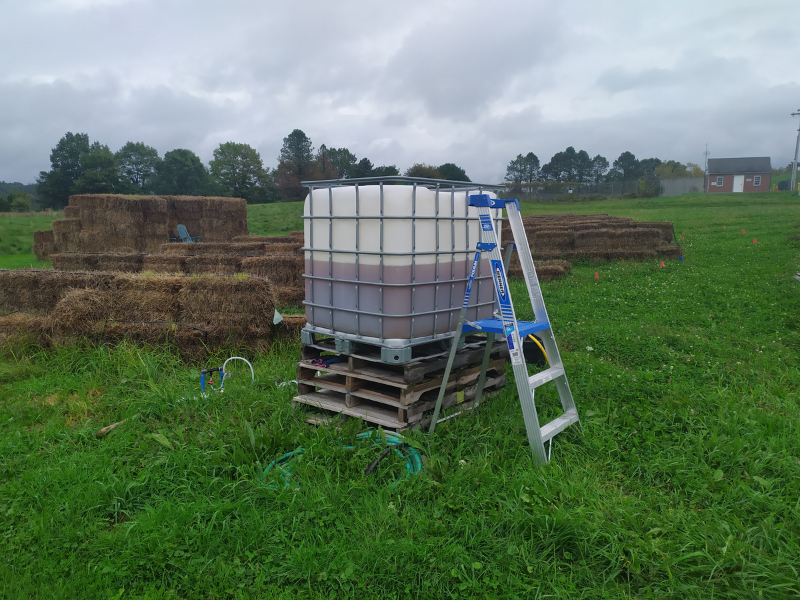
The current modern economy creates a lot of waste. Waste that piles up in landfills, in water bodies and in city streets. In countries that can afford wastewater systems, human excreta are usually dealt with in a sanitary fashion. But for poorer countries, the disposal of human waste, especially in cities, can cause health problems.
